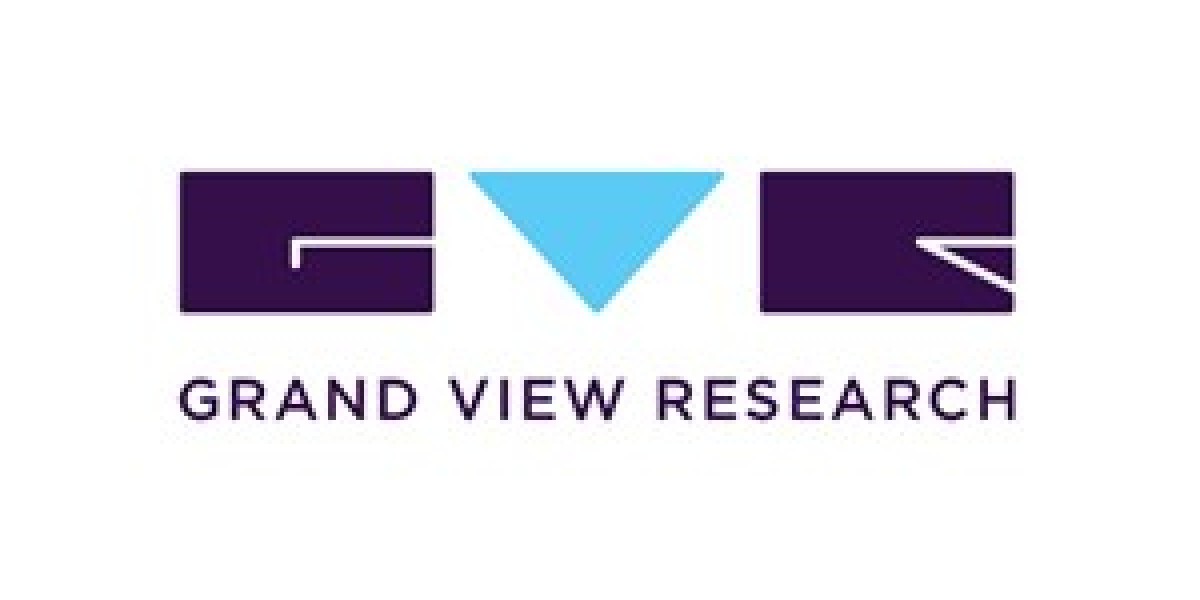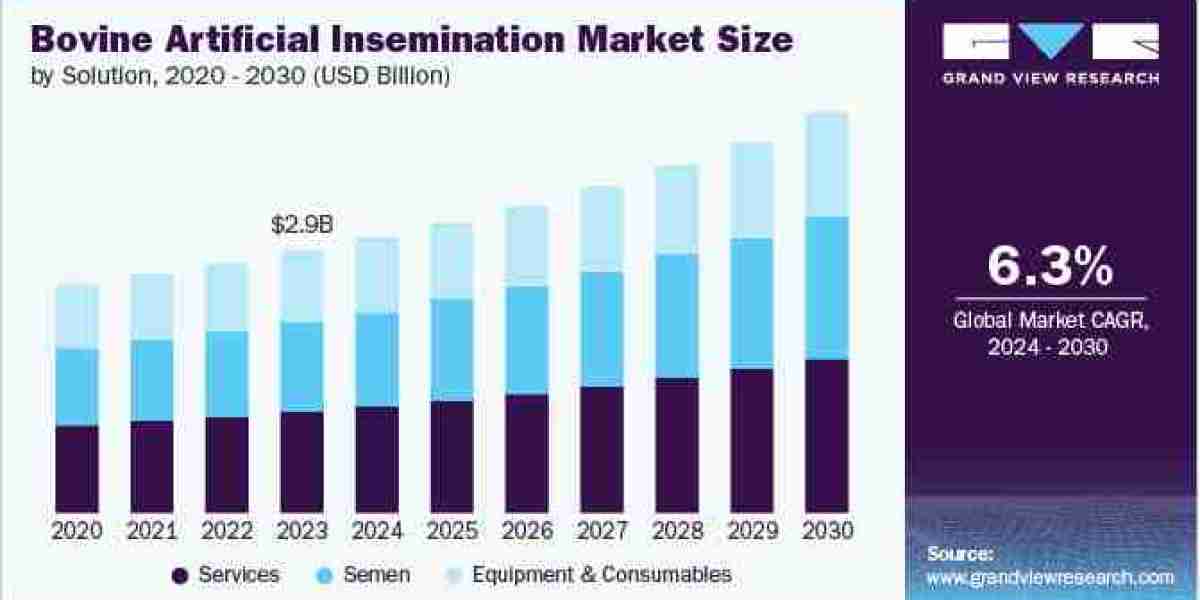Gold Category Overview
The gold category is anticipated to grow at a CAGR of 3.0% from 2023 to 2030. Gold prices ended at a marginally higher level in 2022, despite rising global interest rates, and fluctuation in the U.S. dollar. According to the World Gold Council report, the annual gold demand surged by 18% to reach 4,741t in 2022. Gold demand for investment purposes (excluding OTC) increased by 10% in 2022 and reached 1,107t. The demand for gold coins and bars increased by 2% to reach 1,217t in 2022. A strong rise in demand for gold in the Middle East, Turkey, and Europe offset a slowdown in China where demand was impacted negatively due to the pandemic factors throughout 2022.
Technological advancements in gold mining are making the process cleaner, smarter, and more efficient. Digitization, electrification, and automation in mines are becoming common elements reshaping the process. Apart from the various ways in which technology has influenced the price of gold in the investment sector, there have also been significant advancements in the jewelry industry. Gold jewelry products are in increasing demand around the world, which can be attributed to technology's transformative role in shaping consumer behavior and their approach to purchasing the product. The rise of e-commerce has made shopping for various products, including gold jewelry more convenient, efficient, and sophisticated than ever before. Despite the challenges posed by the pandemic, the supply and demand for gold jewelry have remained robust and are expected to continue strengthening in the coming years.
Order your copy of the Gold Procurement Intelligence Report, 2023 - 2030 , published by Grand View Research, to get more details regarding day one, quick wins, portfolio analysis, key negotiation strategies of key suppliers, and low-cost/best-cost sourcing analysis
Virtually every consumer electronic device contains small quantities of gold. Gold is sought after due to its corrosion resistance and better conductivity, making it a key component in various contemporary technological advancements like mobile phones, electric vehicles, and even solar panels. Additionally, wearable technologies are gaining prominence with gold being a significant constituent.
Gold mining companies rely on a range of suppliers, including equipment manufacturers, energy providers, and labor. The bargaining power of suppliers can vary depending on the specific input, but in general, suppliers with unique resources or exploration technologies may have higher bargaining power. Contemporary methods of exploration encompass a wide range of approaches, which include, but are not limited to, analyzing remote sensing information like Landsat imagery, Aster, and Hyperspectral data, conducting airborne geophysical surveys utilizing magnetic, gravity, electromagnetic, and seismic methods, and performing comprehensive geological and structural mapping of diverse rock formations and the accompanying geological features that influence mineralization.
Gold Procurement Intelligence Report Scope
The Gold category is expected to have pricing growth outlook of 6% - 7% (Annual) from 2023 to 2030, with below pricing models.
- Volume-based pricing
- Competition based pricing
Supplier Selection Scope of Report
- Cost and pricing
- volume
- production capacity
- geographical presence
- compliance
Supplier Selection Criteria of Report
- Quality of gold
- contract terms
- delivery option
- safety and environmental compliance
- location and presence of supplier
- others
Gold Procurement Intelligence Report Coverage
Grand View Research will cover the following aspects in the report:
- Market Intelligence along with emerging technology and regulatory landscape
- Market estimates and forecasts from 2023 to 2030
- Growth opportunities, trends, and driver analysis
- Supply chain analysis, supplier analysis with supplier ranking and positioning matrix, supplier’s recent developments
- Porter’s 5 forces
- Pricing and cost analysis, price trends, commodity price forecasting, cost structures, pricing model analysis, supply and demand analysis
- Engagement and operating models, KPI, and SLA elements
- LCC/BCC analysis and negotiation strategies
- Peer benchmarking and product analysis
- Market report in PDF, Excel, and PPT and online dashboard versions
Gold Procurement Cost and Supplier Intelligence
Mining of gold incurs various costs such as the purchase of mining equipment (majorly purchased by large-scale companies), mining licenses, labor, fuel, generator rental, mining inputs (indirect supplies and services, consumables for extraction, road maintenance, drilling, blasting, water, and power supplies), transportation, and others. The mining equipment can cost on average USD 100,000. Mining equipment, labor, and licenses are the category's major cost components. In the U.S. the average cost of a mining license is estimated to be USD 1.7 million. Gold mining operations involve intricate operational expenses influenced by various factors such as increasing cost of materials and energy, and inflation. While certain costs like labor are relatively stable, other costs such as energy and expenses associated with materials and components used in gold production can fluctuate significantly. The cost of mining inputs is of high importance since it can vary based on factors such as market price of different materials, tax, and labor, cost inflation from capital investments and more.
When it comes to their sourcing strategy, gold mining companies employ a hybrid engagement approach. Approximately 80% of the world's gold supply is extracted through gold mining operations conducted by large multinational corporations, with most of these activities taking place in developing countries. They choose to outsource certain aspects of their operations, such as mining, exploration, refining into industrial gold, and the separation process into fine gold. This outsourcing is primarily driven by factors like the high costs of equipment, a shortage of skilled personnel, and government regulations. Meanwhile, they manage the selling and distribution process in-house. Conversely, having a fully integrated in-house team for mining, selling, and distribution can offer potential cost savings. China, Russia, and Australia are the top gold-producing countries.
An approved provider model is the most common form of the operating model due to its potential for higher value creation. In this model, gold mining companies that are members of the World Gold Council must comply with Responsible Gold Mining Principles (RGMPs). Companies that adhere to the RGMPs must secure external verification from an independent third-party assurance provider. This verification process aims to instill greater trust in gold buyers, assuring them that the purchased gold has been responsibly mined and sourced.
List of Key Suppliers
- Barrick Gold
- Newmont
- Kinross Gold
- Anglogold Ashanti Limited
- Newcrest Mining
- Gold Fields
- PJSC Polyus
- Sibnaye-Gold Limited
- Goldcorp
- Endeavour Mining.
Browse through Grand View Research’s collection of procurement intelligence studies:
- Disposable Medical Gloves Procurement Intelligence Report, 2023 - 2030 (Revenue Forecast, Supplier Ranking & Matrix, Emerging Technologies, Pricing Models, Cost Structure, Engagement & Operating Model, Competitive Landscape)
- Loyalty Programs Procurement Intelligence Report, 2023 - 2030 (Revenue Forecast, Supplier Ranking & Matrix, Emerging Technologies, Pricing Models, Cost Structure, Engagement & Operating Model, Competitive Landscape)
- Helium Procurement Intelligence Report, 2023 - 2030 (Revenue Forecast, Supplier Ranking & Matrix, Emerging Technologies, Pricing Models, Cost Structure, Engagement & Operating Model, Competitive Landscape)
Brief about Pipeline by Grand View Research:
A smart and effective supply chain is essential for growth in any organization. Pipeline division at Grand View Research provides detailed insights on every aspect of supply chain, which helps in efficient procurement decisions.
Our services include (not limited to):
- Market Intelligence involving – market size and forecast, growth factors, and driving trends
- Price and Cost Intelligence – pricing models adopted for the category, total cost of ownerships
- Supplier Intelligence – rich insight on supplier landscape, and identifies suppliers who are dominating, emerging, lounging, and specializing
- Sourcing / Procurement Intelligence – best practices followed in the industry, identifying standard KPIs and SLAs, peer analysis, negotiation strategies to be utilized with the suppliers, and best suited countries for sourcing to minimize supply chain disruptions



